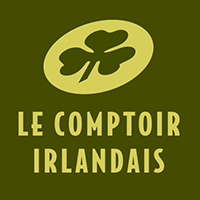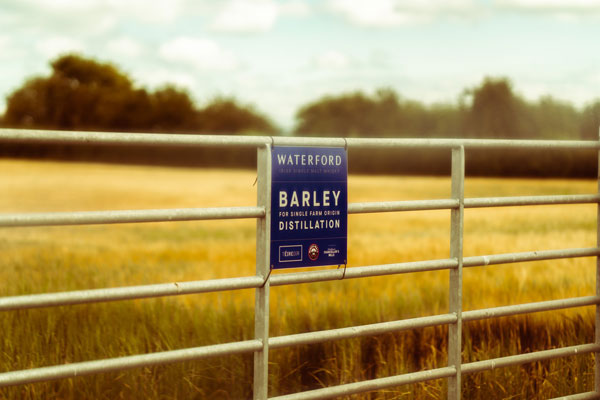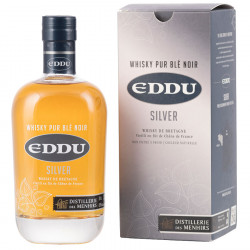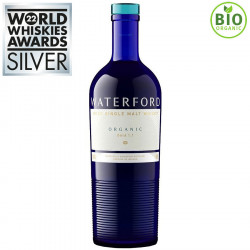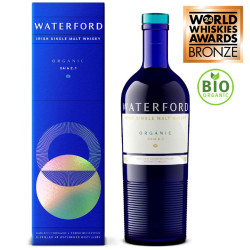From terroir to whisky
Spring is here! Who says spring also says sowing of the cereals necessary for the development of whisky. While barley is the most common, whiskies can also be made from other cereals such as corn, rye, wheat or even buckwheat, which is gradually gaining a place among them.
The cereals at the base of whisky
Barley: This is the most used cereal for making whiskies. It is found in Single Malts and most Blended Malts and is also the basis of almost all Scotch whiskies. There are two types of barley in France: winter barley which is sown in October and harvested in July and summer barley which is sown in February-March and also harvested in July. At this time of the year, the work of barley has therefore already begun in certain regions, marking the beginning of whisky making.
The barley gives the whisky intense cereal and slightly fruity notes.
Buckwheat: Unsurprisingly, it was a Breton distillery that was the first to produce a whisky from buckwheat, in malted and non-malted form. This cereal, strongly associated with Brittany, is sown before summer and harvested just after, in September. With great aromatic power, buckwheat is grown without fertilizers or pesticides.
The older the whisky, the more it will be marked by the spices brought by the buckwheat.
Corn: It is found in particular in American Bourbon which is made from at least 51% corn, as well as other cereals such as barley or rye. Corn cultivation, like barley cultivation, starts in the spring, but harvest time is a little later, usually in October.
The corn will bring roundness to the whisky, and even vanilla notes if it ages in new barrels.
Rye: Rye is the main constituent of American Rye whiskey, which must contain at least 51% to benefit from this designation. Its sowing period differs from that of barley since it must be sown in September-October and then harvested between May and August depending on the species.
Rye-based whiskeys will have a spicy, dry and fruity character.
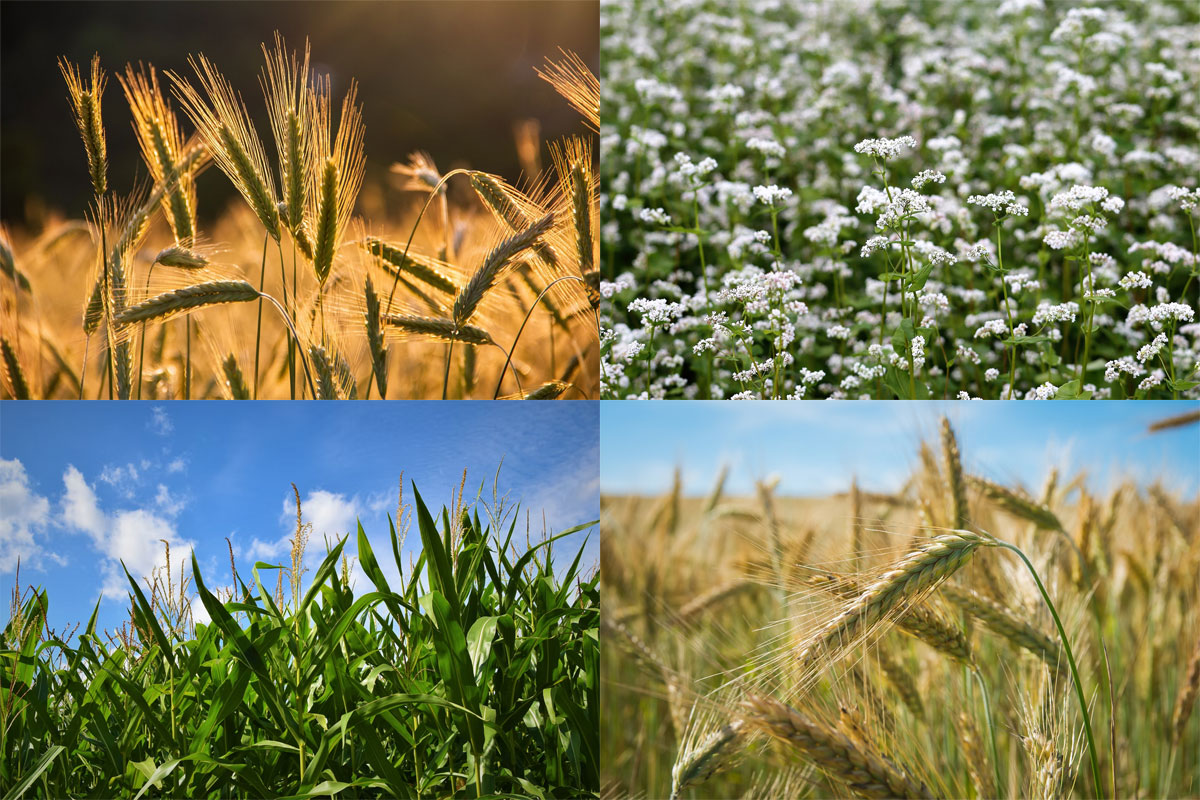
The importance of the terroir
Terroir in the broad sense is defined as all the land in a region providing a specific agricultural product. In the field of wine or more recently whisky, the notion of terroir emphasizes the nature of the soil of these lands, which will directly influence the obtained product.
The notion of terroir appeared in the world of whisky in the 80s with the advent of Single Malts. Coming from a single distillery and made only from malted barley, they are considered to be the "elite" of whiskies since they value the idea of terroir over blends that mix types of whiskies as well as their origins.
But the question of terroir and its influence on whisky really arose only a few years ago... and is still debated. However, according to Mark Reynier, founder of the Waterford distillery, “60% of the aromas are influenced by the terroir". Indeed, knowing that the roots of cereals can sink up to one meter deep into the ground, it seems natural that the grains also soak up the elements contained in the soil.
In addition to the soil, other elements can be taken into account in the notion of terroir: the quality of the water used to make the whisky, the fuel used to dry the malt (such as peat) or even the immediate environment, especially the weather.
Thus, the terroir would directly influence the nature of the barley, which itself will then influence the whisky.
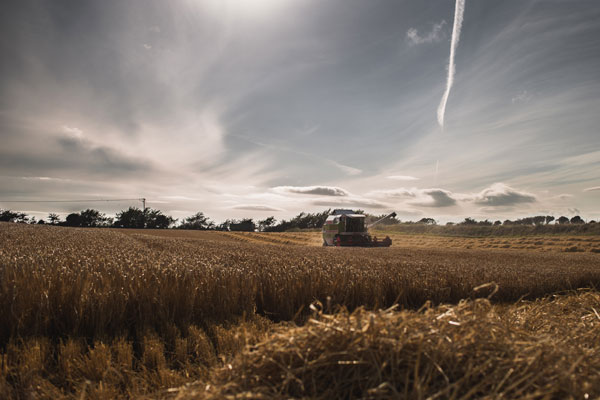
Terroir distilleries
Waterford: Long before founding Waterford, Mark Reynier, a former wine merchant, was already interested in the influence that the terroir could have on the grape. Once at the head of the Bruichladdich distillery, he then focused his research on barley which "just like the vine, is influenced by the soil on which it grows, by the earth which nourishes its roots, by the microclimate thanks to which it is growing,” he says. But it was with Waterford that Mark Reynier truly revolutionized the notion of terroir: the whiskies in his Single Farm Origin range come from a single harvest, a single farm, a single terroir in order to reveal all the character of the Irish terroir farm by farm, place by place, and the huge role it can play in the aromas provided by barley.
Building on his experience and success at Waterford, Mark Reynier sustained his momentum and founded the Renagade distillery on the island of Grenada. Its range of Single Farm Origin rums is based on the same principle as that of Waterford by highlighting the unique flavours that each farm and each sugar cane plantation bring.
Distillerie des Menhirs: An atypical Breton distillery full of character, it was founded in 1998 and remains the first in the world to offer whisky made from buckwheat, a cereal with deep Breton roots. The distillery has passed through the hands of five generations who have always had at heart both innovation and highlighting the Breton terroir: first through the apple, with the creation of the first Pommeau de Bretagne and later from the first Lambig from Brittany, then through buckwheat, this cereal hitherto unknown in the world of whisky and sourced locally.
The Distillerie des Menhirs as well as its (almost) neighbour, the Warenghem distillery (at the origin of Armorik, the first Breton Single Malt), both benefit from the GI (Geographical Indication) "Breton Whisky" which guarantees that the whisky has been fermented, distilled and aged in Brittany. It should also be noted that both distilleries use Breton wheat and water drawn directly from the granite subsoil of each of them. Added to this is the Breton maritime climate, its spray and gusts, which mark each of these whiskies and give it a unique character.
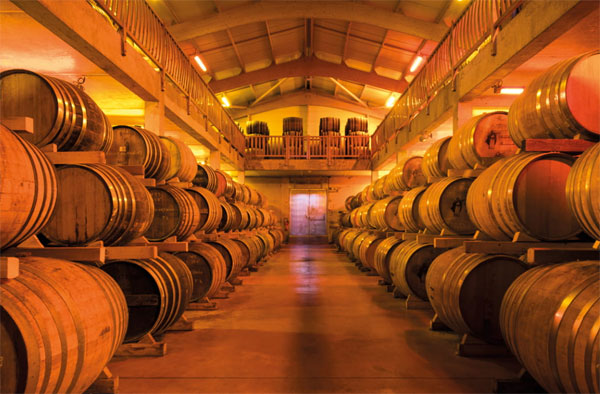
By Camille L.
Share this content
Related products
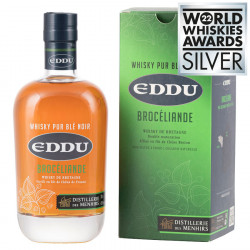 With a first maturation in French oak casks that contained Cognac, the whisky is refined in Broceliande oak casks. With this version, the distillery's roots run deep in Breton culture, for a truly unique, unparalled Eddu Silver whisky.
With a first maturation in French oak casks that contained Cognac, the whisky is refined in Broceliande oak casks. With this version, the distillery's roots run deep in Breton culture, for a truly unique, unparalled Eddu Silver whisky.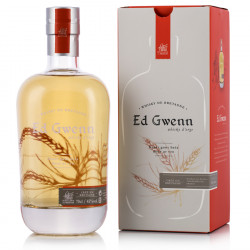 Ed Gwenn is the new release of the Distillerie des Menhirs. Made from 100% Breton barley and a very typical Breton name meaning "white cereal", this new expression matches the famous Eddu whisky, distilled from buckwheat.
Ed Gwenn is the new release of the Distillerie des Menhirs. Made from 100% Breton barley and a very typical Breton name meaning "white cereal", this new expression matches the famous Eddu whisky, distilled from buckwheat.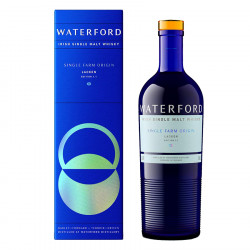 Archive Waterford Lacken 1.1 is a French exclusivity, bottled at 50°, it has aged in different barrels which gives it a beautiful complexity.
Archive Waterford Lacken 1.1 is a French exclusivity, bottled at 50°, it has aged in different barrels which gives it a beautiful complexity.